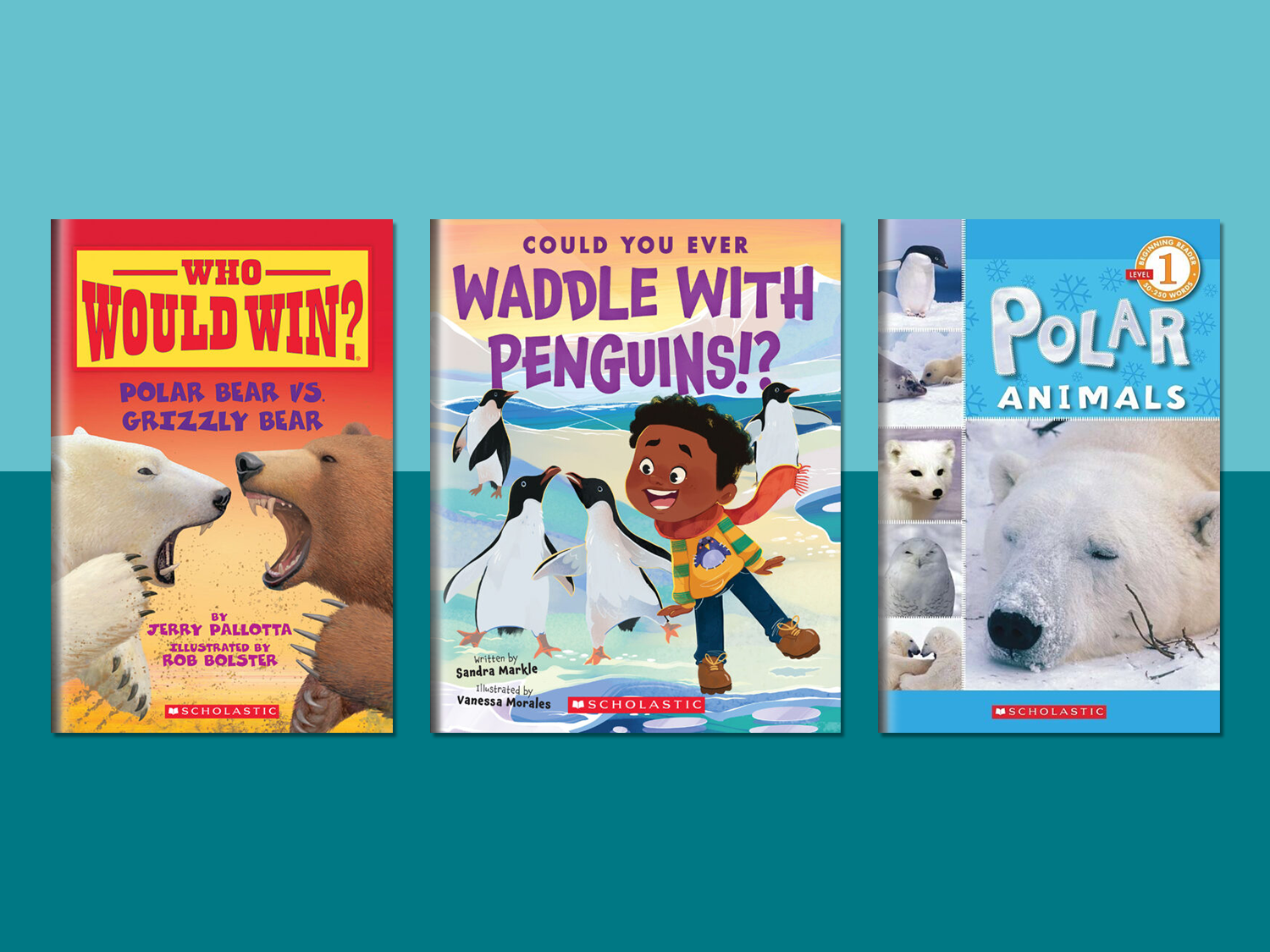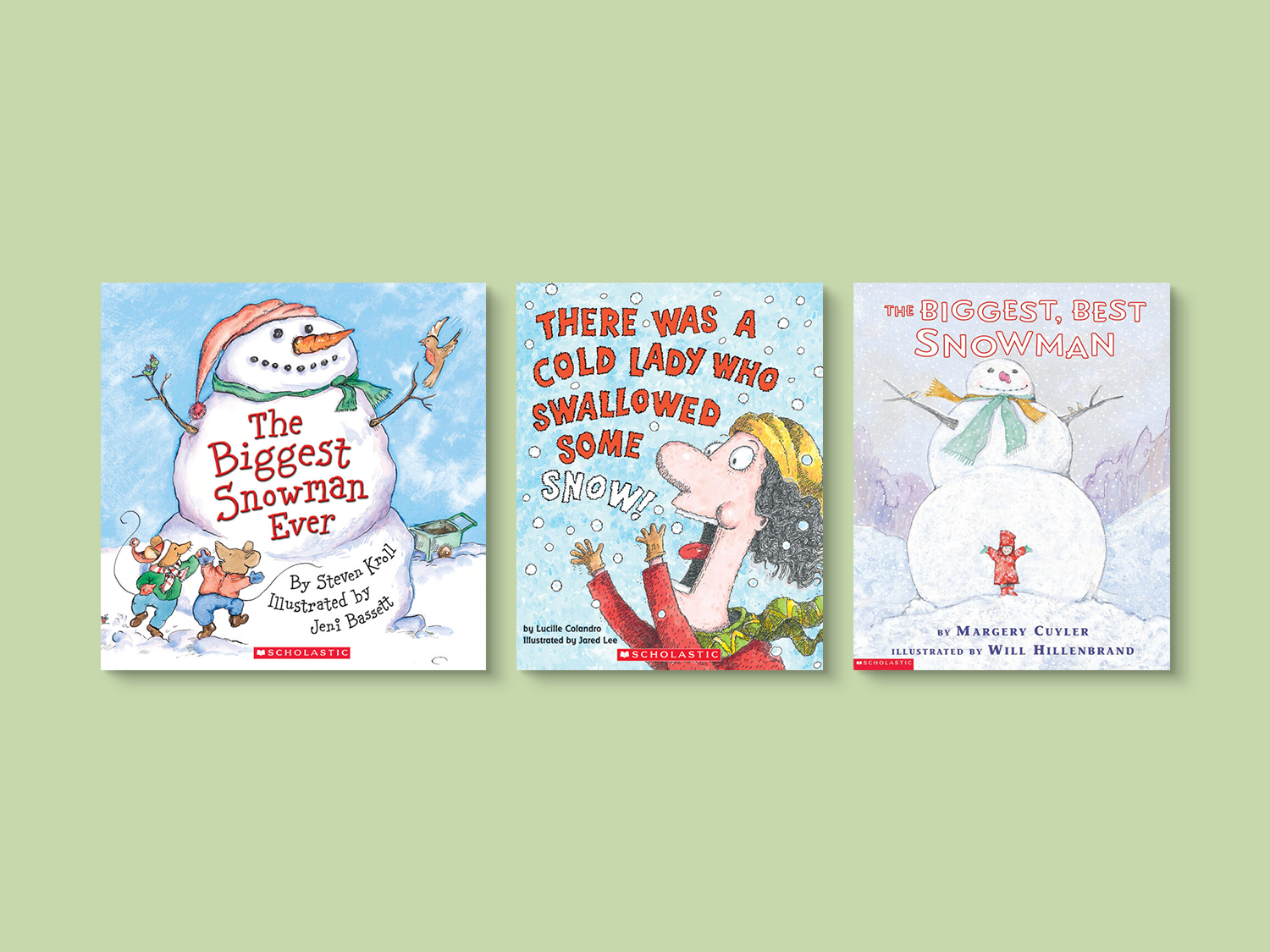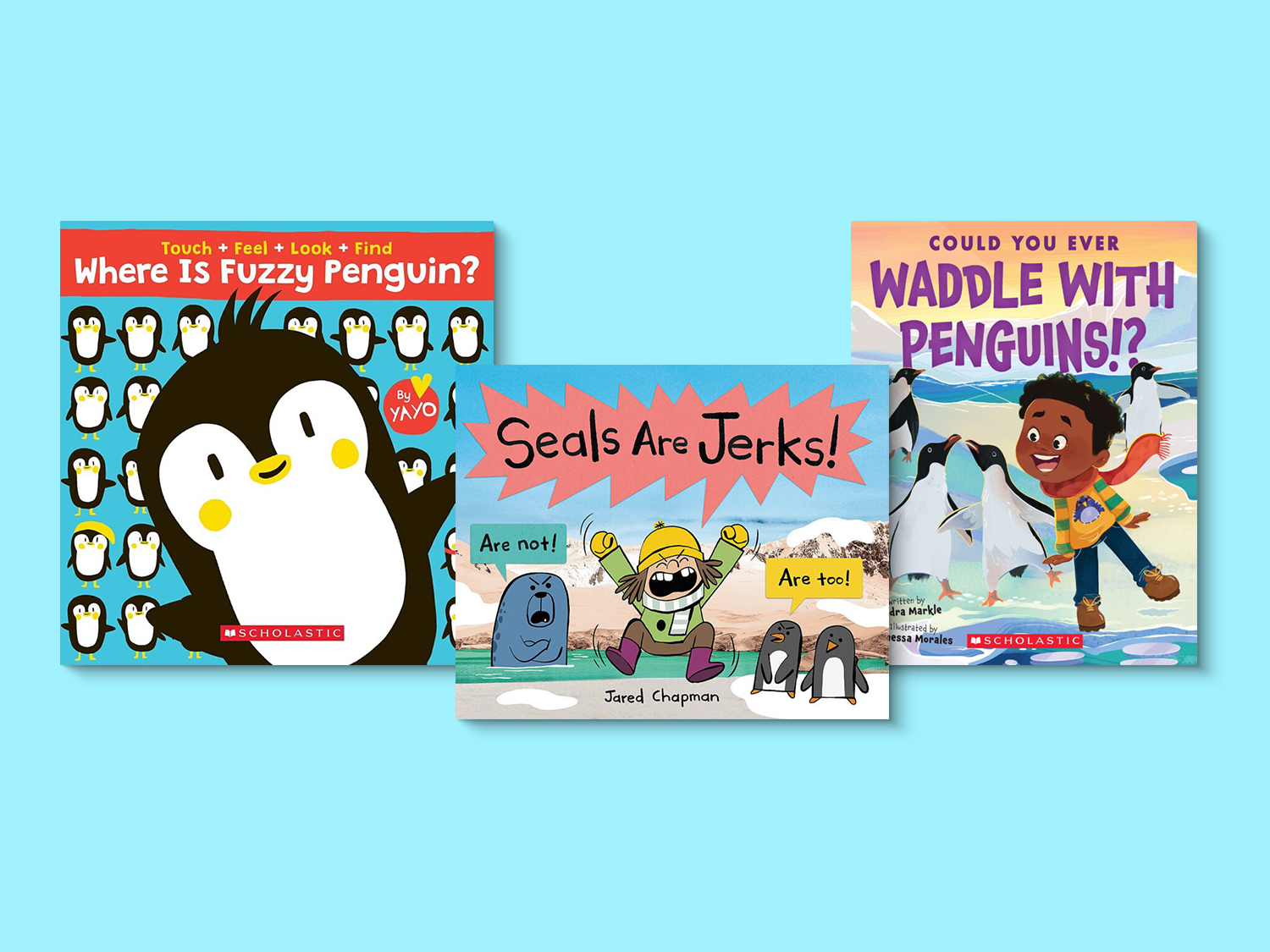4 Easy Activities for the Last Week of School Before the Winter Holidays
These fun and easy winter-themed activities will keep your students engaged before the break.
The last week of school before winter break is an exciting time at school. There’s a lot to cross off on to-do lists and more than enough energy to go around as you and your students eagerly anticipate a much-needed break to recharge and refresh as the new year approaches.
With all the celebrations and parties that make this last week so special, learning should still play an important role for your students. These four fun and engaging winter-themed activities will not only keep your kids’ minds warm in the lead up to winter break, they’ll also inspire your students to tap their collective excitement and energy to work creatively and independently.
Share the wonders of winter with your young readers with these favorite snow and snowmen stories!
Winter-Themed Arts & Crafts
Students love learning about seasons and what makes them so special.
Throughout the last week of school before winter break, dedicate a portion of your day to review common symbols that represent winter, and then encourage kids to channel their creativity to make crafts, holiday cards, or other works of art inspired by those symbols. Snowflakes, fir trees, mittens, and winter activities such as sledding, skiing, and snowball fights are all great places to begin, but be sure to give your kids the opportunity to discuss and brainstorm other symbols that make winter special to them.
Winter Word Play Activities & Spelling Games
Just because it’s the last week of school before winter break doesn’t mean you shouldn’t spend time on spelling and introducing new winter-related words to your young learners. Of course, there’s no shortage of obscure, yet fun, words about winter for you to choose from, but once you have your words in place and completed a few spelling exercises, engage your students even further through some friendly competition.
Begin by choosing a few winter words your students don’t know the definition of and then divide your class into teams of three or four to make up definitions for these news words. Once complete, have teams vote on the one definition they believe is correct. (Don’t forget to incorporate the true definition in during voting.) The made-up definition that gets the most votes earns a point for the creative team behind it. The teams that vote for the correct definition also earn a point.
This competition will likely inspire your kids to go home and impress family and friends by weaving words such as apricity, hiemal, and subnivean into their winter break conversations.
Who Would Win? Winter vs. Summer Classroom Debate
Inspired by the best-selling Who Would Win?... series, this exercise in persuasion pits two teams of students against one another in one polarizing outcome. Divide your class into two teams — one group for winter and another for summer — and instruct them to work together to develop arguments for why their assigned season is better than the other. Next, have each team choose one or two students to deliver their arguments to the class. You as the teacher gets to serve as the judge to declare a winner!
Winter Wonderland Writing Workshop
The last week before winter break is the perfect time for students to put pen or pencil to paper to explore various genres of writing. Devote a portion of each remaining day of school before break to writing about winter in a new way with poetry, memoir, creative nonfiction, and more.
Also, encourage your students to use this last week of school to reflect upon what they’ve learned so far this year and what they hope to achieve next year, too.



